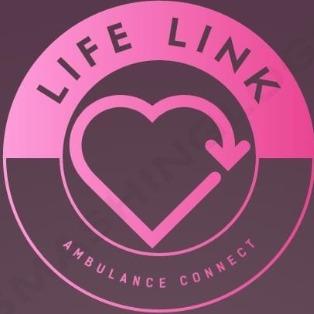LifeLink: Ambulance Connect
Bridging moments, Saving Lives.
Created on 7th December 2023
•
LifeLink: Ambulance Connect
Bridging moments, Saving Lives.
The problem LifeLink: Ambulance Connect solves
-
Real-Time Traffic Monitoring:
The ANS incorporates real-time traffic monitoring to enable ambulances to dynamically adapt their routes based on current traffic conditions. GPS and traffic data integration empower ambulances to choose the fastest and most efficient routes, minimizing delays in patient transfers. -
Inter-Ambulance Communication:
ANS establishes secure and dedicated communication channels between ambulances, ensuring seamless information exchange in real-time. This facilitates coordination in patient transfers, allowing ambulances to work cohesively as a network, enhancing overall responsiveness. -
Automated Patient Transfer Protocols:
ANS introduces automated patient transfer protocols that streamline the transfer process, reducing the reliance on manual coordination. This automated system ensures swift and efficient patient handovers, optimizing the overall workflow of emergency medical services. -
IoT-Enabled Medical Monitoring Devices:
The ANS integrates IoT-enabled medical monitoring devices within ambulances to continuously monitor patients' vital signs. -
Enhanced User Communication:
ANS includes a user-friendly mobile application that allows individuals to request ambulance services directly.
Geolocation services enable users to connect with the nearest available ambulance, reducing response times and improving overall user experience. -
Centralized Command Center:
ANS establishes a centralized command center equipped with advanced monitoring tools and communication interfaces.
This command center acts as a nerve center, overseeing the entire EMS operation, ensuring swift decision-making, and facilitating efficient resource allocation.
Challenges we ran into
Building the LifeLink project with the React, Bootstrap, Mapbox presents its own set of challenges. One significant challenge is ensuring seamless integration and communication between the frontend components. Creating a cohesive design system with Bootstrap and integrating the agreed-upon theme across pages requires meticulous planning. While wireframes provides a basic layout, customization using a combination of Bootstrap and inline styles poses a challenge, that requires to balance the flexibility of customization with consistency in design.
Moreover, the decision to deploy the project on Vercel, is a logical choice for this React.js project. We also are presented with some challenges in configuring the deployment settings, ensuring proper environment configurations, and handling any platform-specific nuances. We are also using Dialogflow and Google Cloud API keys for implementing the common chatbot present throughout the application. We also use OpenAI and Zapier to implement an AI enabled chatbot for getting real time requests from the afflicted individuals, evacuees and survivors. It takes a lot of time to successfully integrate the wind range of tools that we chose to use.
Additionally, collaborative challenges during the development process could have arisen from the need for effective communication and coordination among team members. Clear communication and proper documentation are likely crucial in addressing challenges related to code integration, feature implementation, and ensuring that everyone is aligned with the project's goals.
Tracks Applied (1)
Replit
Replit
Technologies used
